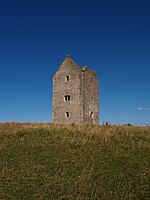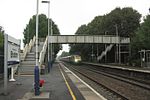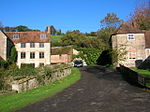Bruton Abbey
1135 establishments in England1539 disestablishments in EnglandAugustinian monasteries in EnglandBenedictine monasteries in EnglandBruton ... and 7 more
Christian monasteries established in the 11th centuryChristian monasteries established in the 12th centuryChurches in SomersetMonasteries dissolved under the English ReformationMonasteries in SomersetReligious organizations established in the 1000sReligious organizations established in the 1130s

Bruton Abbey in Bruton, Somerset was founded as a house of Augustinian canons in about 1127, and became an abbey in 1511, shortly before its dissolution in 1539. It was endowed with manors, churches and other properties in the area and also in Normandy in France.
Excerpt from the Wikipedia article Bruton Abbey (License: CC BY-SA 3.0, Authors, Images).Bruton Abbey
Plox,
Geographical coordinates (GPS) Address Phone number Website Nearby Places Show on map
Geographical coordinates (GPS)
| Latitude | Longitude |
|---|---|
| N 51.111 ° | E -2.452 ° |
Address
King's Bruton
Plox
BA10 0ED
England, United Kingdom
Open on Google Maps











